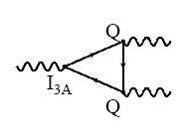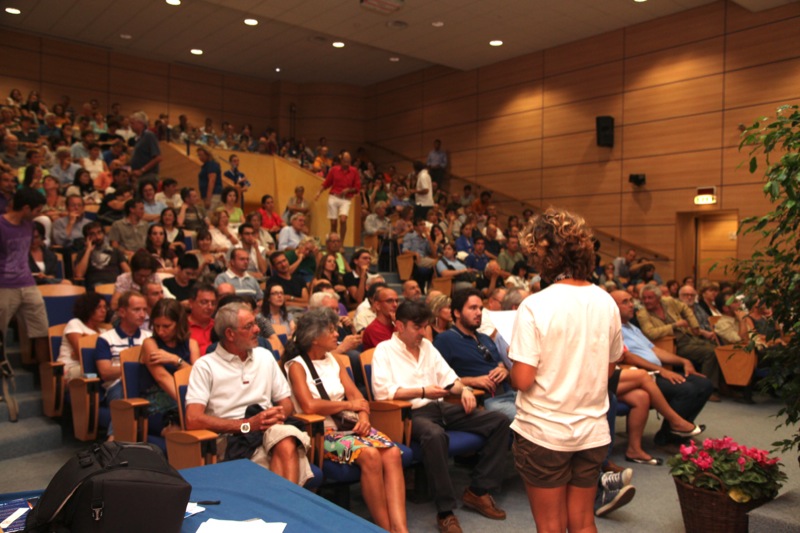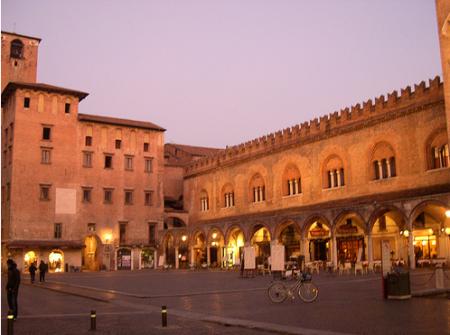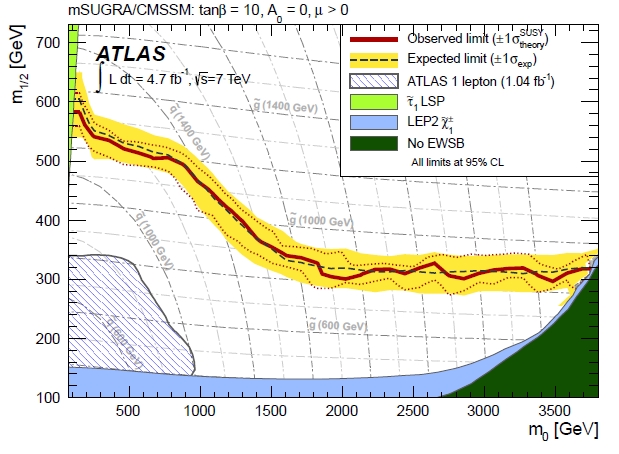 Living At The Polar Circle
Living At The Polar CircleSince 2022, when I got invited for a keynote talk at a Deep Learning school, I have been visiting...
 Conferences Good And Bad, In A Profit-Driven Society
Conferences Good And Bad, In A Profit-Driven SocietyNowadays researchers and scholars of all ages and specialization find themselves struggling with...
 USERN: 10 Years Of Non-Profit Action Supporting Science Education And Research
USERN: 10 Years Of Non-Profit Action Supporting Science Education And ResearchThe 10th congress of the USERN organization was held on November 8-10 in Campinas, Brazil. Some...
 Baby Steps In The Reinforcement Learning World
Baby Steps In The Reinforcement Learning WorldI am moving some baby steps in the direction of Reinforcement Learning (RL) these days. In machine...







 On Saturday instead I will be at the aula magna of the Mantova University, where in company with Gian Francesco Giudice (a CERN theorist) I will discuss the Higgs boson discovery and the aftermath. That is a more "serious" event and we will be discussing in front of a paying audience. I hear that the event is already sold out, so it will (should) be interesting!
On Saturday instead I will be at the aula magna of the Mantova University, where in company with Gian Francesco Giudice (a CERN theorist) I will discuss the Higgs boson discovery and the aftermath. That is a more "serious" event and we will be discussing in front of a paying audience. I hear that the event is already sold out, so it will (should) be interesting! 

